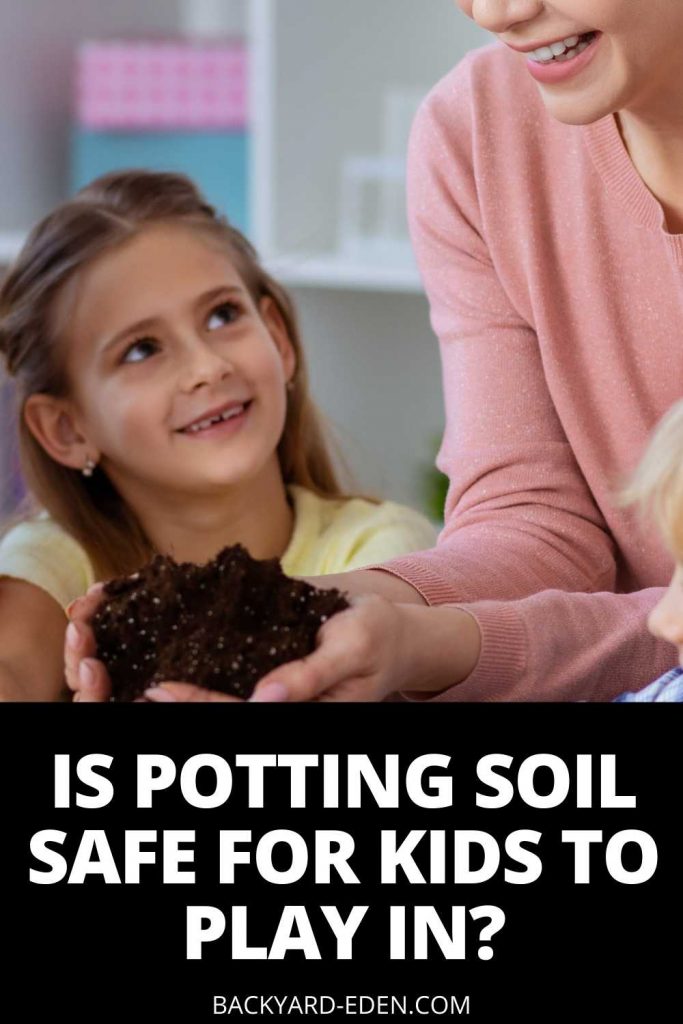As parents, safeguarding the well-being of our children is paramount. One popular and enriching activity that many families engage in is gardening. While potting soil can offer a plethora of benefits such as sensory exploration and a connection to nature, concerns about its safety for children must be meticulously considered. Understanding the potential risks and implementing effective safety measures can help ensure that children enjoy their gardening experiences without compromising their health.
When evaluating the safety of potting soil for play, we must first acknowledge its composition and the various factors that can introduce potential hazards. Commercial potting soils often contain a mixture of organic and inorganic materials, including peat moss, bark, compost, and often, fertilizers. While these components are essential for plant development, they can pose health risks if mismanaged, particularly for young children who are naturally inclined to explore their environment through tactile engagement.
The most significant threats associated with potting soil involve pathogens, chemical residues, and other environmental factors that may lead to adverse health outcomes. Thus, it becomes crucial for parents to arm themselves with knowledge and proactive strategies for making the environment safe for their little gardeners.
Understanding Potential Risks
When allowing children to play with potting soil, awareness of the risks involved is vital. This section delves into some key concerns surrounding the use of potting soil in children’s activities.
Pathogens and Contaminants
Potting soil is not sterile and may harbor various pathogens, including bacteria, molds, and fungi. One of the most notorious health risks is the potential presence of _Cryptococcus neoformans_, a fungus that can lead to serious respiratory infections, especially in immunocompromised individuals. While healthy children may have a lower risk, the exposure to such pathogens can still lead to nausea, skin irritations, or other allergic reactions if precautions are not taken.
Pesticide Residue
Many potting soils are treated with chemical fertilizers and pesticides. Rooting around in contaminated soil can expose children to these substances, which may pose a health risk when ingested or when they come into contact with skin. Long-term exposure to certain pesticides has been linked to serious health issues. Parents must be vigilant and choose organic or untreated options when possible.
Allergic Reactions
For some children, potting soils may provoke allergic reactions due to the presence of dust, mold spores, or certain plant materials. Symptoms can range from itchy eyes and rashes to severe respiratory distress. Being aware of any allergies your child may have is essential, and consulting with a health professional may be advisable before allowing interaction with potting soil.
Implementing Safety Measures
Ensuring safe playful exploration in potting soil requires forethought and preparation. Following established safety guidelines can significantly mitigate risks for children.
Use Quality Soil
Selecting high-quality, organic potted soil can markedly reduce exposure to harmful chemicals. Opt for soils that explicitly state they are free from pesticides, fungicides, and synthetic fertilizers. Reading product labels can guide parents in making informed choices that prioritize children’s health.
Provide Protective Gear
Equipping children with protective attire can safeguard them from direct contact with soil that may contain harmful substances. Simple measures such as wearing gloves, masks, and long sleeves, as well as covering their hair, can diminish exposure risk. Encourage regular hand washing before eating or after playing to prevent the ingestion of any contaminants.
Create Boundaries for Play
Designating a specific play zone can limit exposure to unwanted substances in potting soil. Creating a contained gardening area, such as a sandbox for soil play or designated planters, can encourage creativity while maintaining a manageable space for monitoring children’s activities. Additionally, regulating the amount of time children spend playing in potting soil can help minimize potential health risks.
Educate Children about Safety
Engaging children in conversations about the importance of safety while gardening can empower them to make informed choices. Teach them not to taste or eat materials found in the garden, including soil, and explain why proper hygiene is crucial after handling soil. Encouraging curiosity while instilling safety awareness can create a balanced approach to learning through play.
Recognizing the Benefits of Gardening
Despite the risks associated with potting soil, the myriad benefits for children involved in gardening are irrefutable. Participating in gardening fosters several essential skills, provides exposure to nature, and enhances children’s emotional well-being.
Cognitive Development and Learning
Gardening serves as an enriching platform for cognitive growth. Children learn about plant biology, ecology, and the responsibility that comes with taking care of living organisms. These lessons cultivate critical thinking and problem-solving skills, laying down a foundation for interdisciplinary learning that spans science, art, and ethics.
Emotional Connection to Nature
Engaging with the earth cultivates a profound sense of connection to nature, imparting important lessons about sustainability and ecology. Exposure to natural environments is correlated with reductions in stress and anxiety levels for children. The act of nurturing a plant fosters empathy and reinforces the value of patience—qualities that often extend to various facets of their lives.
Physical Activity and Motor Skill Development
Gardening promotes physical activity, allowing children to engage in movement while digging, planting, and building with soil. These activities contribute positively to fine and gross motor skill development, hand-eye coordination, and overall physical health—a crucial benefit in an increasingly sedentary world.
Conclusion
While potting soil may pose potential risks for children, with diligent awareness and proactive strategies, these concerns can be effectively mitigated. By equipping children with the right knowledge, tools, and practices, parents can cultivate a safe, enjoyable, and educational gardening experience that translates into lifelong lessons. As custodians of the next generation, it is our responsibility to ensure that children not only experience the joys of gardening but do so in a way that nurtures their well-being and fosters a vibrant connection to nature.









Leave a Comment